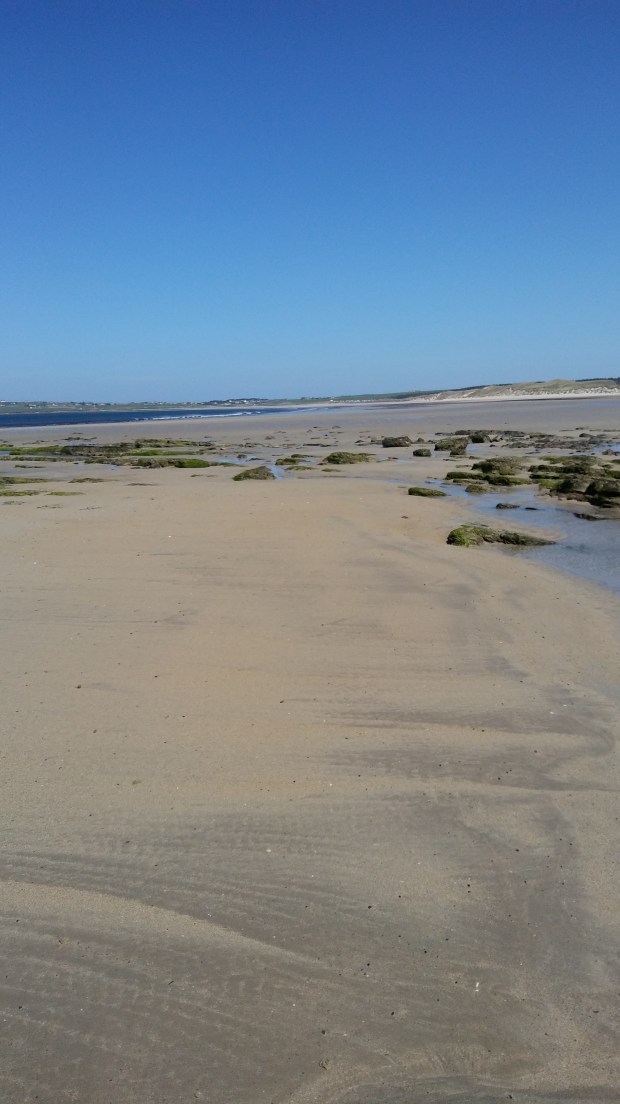Facebook – General – and Chandler’s Ford Today
So what DO you look for in a good book? I share what I think and name three of my favourite tomes in this week’s CFT post.
I do love a self-explanatory blog post title!
The three books I name are Lord of the Rings, Pride and Prejudice, and Men at Arms (by the much missed Terry Pratchett). What elements do these books share? They do have some.
Do share your own three favourite books. Comments are always welcome on the CFT page.
Image Credit: Images on the slideshow are all via Pixabay (wonderful site!). Captions up on the CFT post itself. I can confirm this is the first (and likely to be last) time I put up a picture of ants reading…
One of the things I enjoyed doing for my CFT post this week was naming three of my favourite books and looking at what they have in common, despite being in different genres. My problem was limiting my selection to three but it was a nice problem to have! (I’ll put the link up tomorrow. The topic overall discusses what good books should be).
There are certain books I re-read periodically or at certain times of year (Hogfather by Terry Pratchett is always read or listened to in the run up to Christmas for example). I’m glad to say it is a very rare event for me not to be able to finish a book but when that happens it is because the book is awful and I’m at that stage where life is far too short to waste time on books like that. Mind, reading excellent works by other authors is a wonderful challenge to me to ensure I always “up my game” when it comes to writing my stories and that’s no bad thing.
Facebook – General – and More than Writers – Association of Christian Writers
I talk about Steps and Contrasts in my monthly spot on the More than Writers blog (Association of Christian Writers).
I look at how difficult it can be to have faith in the writing process when things are NOT going well and share some tips as to how I’ve got around this.
It is a case of getting around it. I see things not going well, writing wise, as a temporary obstacle. You go through it, bypass it, or what have you but you find ways of NOT letting it get in your way forever, including ignoring it, working on something else for a bit and then coming back to it.
I can’t count how many times I’ve come up with an idea to solve a problem I’ve had on one piece of work while working on something else! Distraction therapy works.
And I suspect most writers will identify with the second image in the picture below!

I’ve yet to see an idea flash above my head like this! Pixabay

Most writers will know how this feels… Pixabay

The writing journey has to be taken a step at a time. Pixabay

Recharge yourself when you need to. Your writing will be better for it. Pixabay

The writing journey – upwards and onwards. Pixabay

Contrasting can be a useful technique when trying to solve problems with your fiction. Pixabay
Facebook – From Light to Dark and Back Again
One of the things I love most about flash fiction is it is open to genres within it. I’ve written historical fiction tales, crime stories, fairytales, character studies etc all within the flash fiction limit of up to 1000 words.
Character is everything for me both in reading and writing stories. I don’t necessarily need to like the character I’m reading about or writing but there has to be something I can identify with so I can see why they are the way they are. I then want to find out how things work out for them. It’s that initial hook which is so important (and it is a lot of fun working out what that should be too!).
One technique I’ve found useful for writing flash fiction is to work out what I’ve loved in other very short stories and ask myself can I learn from this to help my writing.
The answer to that is inevitably “yes” as reading widely and absorbing, almost unconsciously, how other writers handle dialogue, changes of scene etc, is the best way to learn. The difference with flash fiction is there’s not so much material to get through!
What I’m looking for is the impact the flash tale has had on me and why it impacted that way. You can then look for clues in the story itself as to how the writer achieved that.
Almost inevitably, what I love most when reading other authors’ works is the strength of their characterisation. I’ve long believed getting the characters right is the key to good fiction. A weak character will let down even the strongest of plots.
There are days when you have particularly nice writing things to do. Today, I proofread my story, The Professional, which will be in the Waterloo Arts Festival ebook in due course. Love doing things like that.
And other days you are wrestling with a knotty story problem but you will get through it. I’ve found jotting down possible solutions, going to work on something else, and then coming back to look at those possibilities with fresh eyes is a good way forward.
Two advantages here: working on something else frees up your creative juices to mull over your problem. I can’t tell you how often an idea to solve something has occurred while writing something else. The other advantage is you’ve started drafting a new piece of work too!
Fairytales with Bite –
What Do You Look For in a Good Book?
The challenge for any writer, whether they’re writing novels or story collections, is to ensure their book could be classed as “good”. Allowing for differences in taste I think what writers need to achieve with their writing can be summarised as:-
-
Believable characters.
-
Characters we can identify with.
-
A plot with twists and turns to keep a reader guessing.
-
The story has to have a “got to find out what happens next” element to it. Without that, the whole thing falls down. This element, for me, works best when the characters are so gripping, I’ve got to find out what happens to them. I don’t need to like them. I just need to want to find out what happens to them. Sometimes it can be to follow a horrible character and experience great glee as they get their comeuppance at the end of the story!
-
An easy to read style. I’ve got to enjoy the way the prose flows. Easy to read takes time to get right and I learned a long time ago that whenever someone makes writing look easy, that same someone has worked for years to get to that point.
Good luck with your own writing! And whoever said writing is easy has never done any…!

This World and Others – Changing Direction
I’ve changed direction at different stages of my writing and anticipate doing so again (and probably a few times at that).
Why is this okay? Sometimes you discover a new form of writing you just love doing (in my case this was flash fiction). At other times, a certain format is just not working for you no matter how hard you try so you focus your skills where you know you can achieve success. (Incidentally you can define what success here is too. It doesn’t necessarily have to be publication. It can be getting to a point where you know you could be published, it could be achieving writing X number of stories in a month etc etc).
Naturally, your characters can change direction too. Sometimes this is literally so (see any quest story for that – a map will come into the story somewhere too!). At other times, it can be a change of opinion (with repercussions. There should always be repercussions, that’s where the drama is).
Whatever the reason for the change of direction, and no matter what form it takes, there should be good reasons for it, reasons your readers will understand and accept. They don’t necessarily have to agree with your characters and neither do you (!), but the reasons for the changes should be well thought out, logical etc etc.





















































































































































































































































































































































